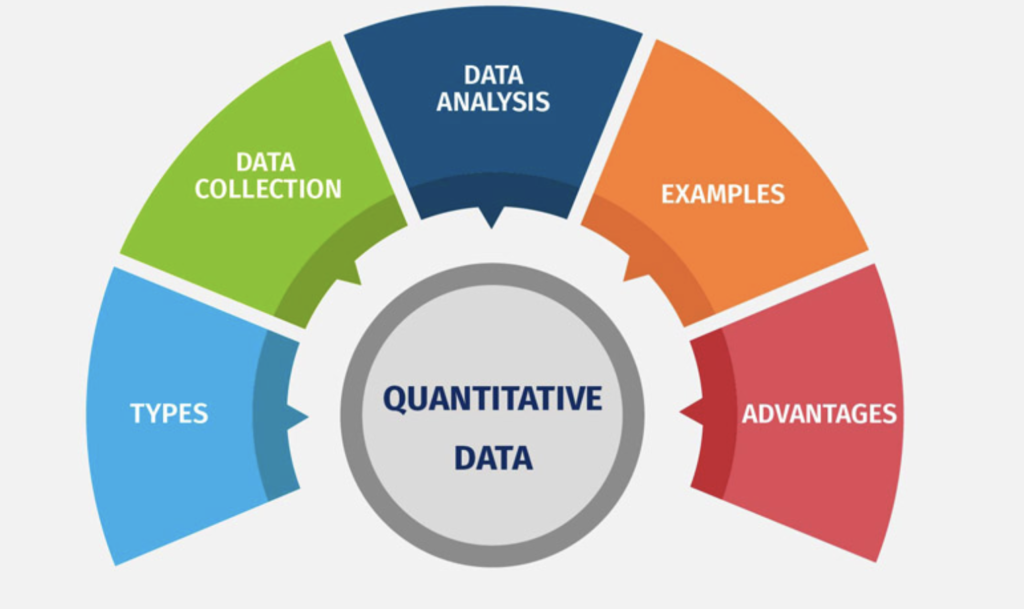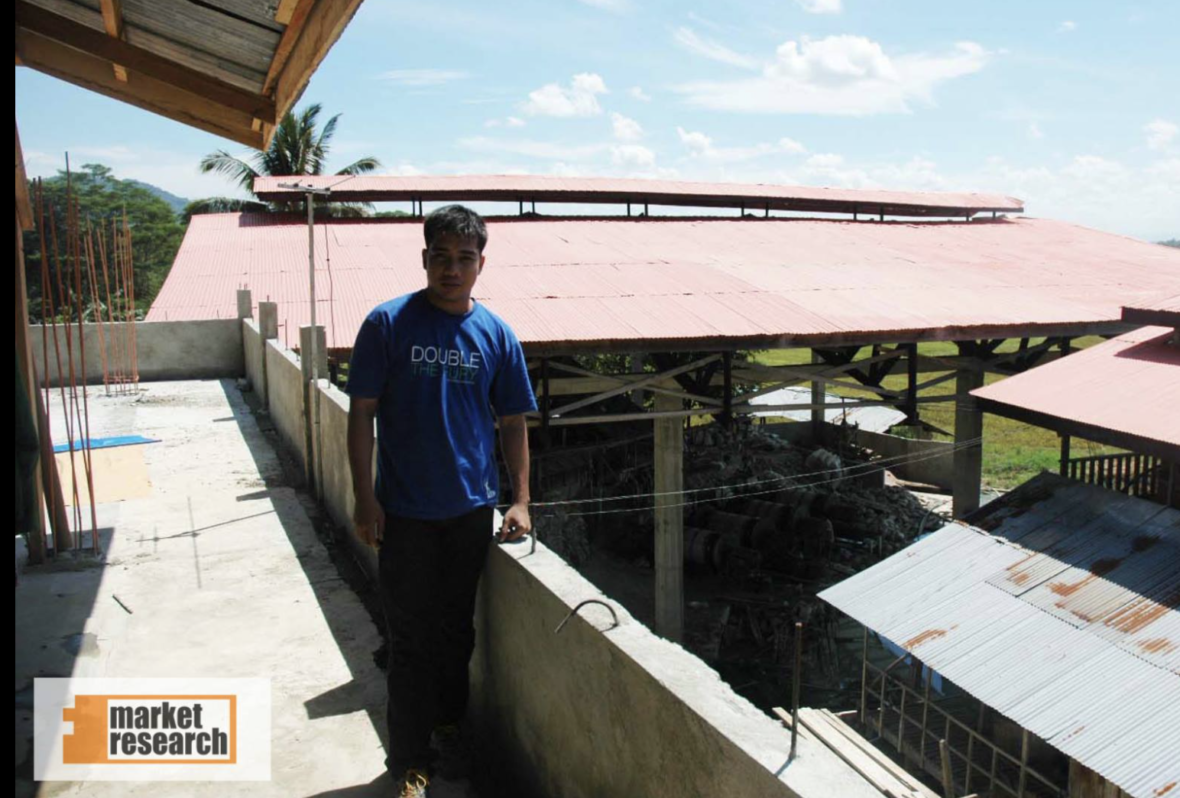By Bryan Cinco – A Well-Experienced Market Researcher in the Philippines
Introduction
The Philippines is a dynamic and fast-growing market, making it a prime location for businesses looking to expand or establish their presence. However, entering this market without proper research can be risky. Market research is essential to understanding consumer behavior, industry trends, and the competitive landscape.
In this article, I will walk you through a step-by-step guide to conducting effective market research in the Philippines. From defining research objectives to analyzing data, this guide is designed to help businesses make data-driven decisions for success.
Step 1: Define Your Market Research Goals

Before gathering data, you must first identify what you want to achieve. Here are some common objectives of market research in the Philippines:
- Understanding consumer behavior (buying patterns, preferences, and spending habits)
- Analyzing industry trends and growth potential
- Assessing the competitive landscape
- Identifying target markets and demographics
- Evaluating customer satisfaction and brand perception
📌 Example: A fast-food company wants to know if expanding to provincial cities like Tacloban or Dumaguete is viable. Their objective is to analyze customer demand, income levels, and competition in these areas.
Step 2: Identify Your Target Market
The Philippines is a diverse country with varying economic, cultural, and regional differences. You must define your target market based on factors like:
- Demographics: Age, gender, income level, education, occupation
- Geographics: Metro Manila vs. provincial areas, urban vs. rural
- Psychographics: Lifestyle, interests, values
- Behavioral Factors: Brand loyalty, purchasing frequency, product preferences
📌 Example: If you’re launching a milk tea brand, your target market may be young professionals and students aged 15-30, living in urban areas, who frequently visit cafés and enjoy social gatherings.
Step 3: Choose the Right Market Research Method

There are two primary types of market research: qualitative (understanding reasons, motivations, and emotions) and quantitative (statistical data and trends).
A. Qualitative Research Methods
These are useful for exploring consumer attitudes and preferences in depth.
✔ Focus Group Discussions (FGD): Small groups of people discuss their opinions about a product or service.
✔ In-Depth Interviews (IDI): One-on-one interviews with target consumers or industry experts.
✔ Ethnographic Research: Observing how people interact with a product in a real-world setting.
📌 Example: A new ride-hailing service conducted FGDs in Metro Manila to understand why commuters choose Grab over traditional taxis. The discussions revealed that safety, fixed pricing, and convenience were major decision factors.
B. Quantitative Research Methods
These involve numerical data that can be measured statistically.
✔ Surveys & Questionnaires: Gathering responses from a large sample size.
✔ Market Segmentation Analysis: Identifying different customer groups based on data.
✔ Competitive Benchmarking: Analyzing competitors’ performance and pricing strategies.
📌 Example: A cosmetics company conducted a nationwide survey on Filipino women’s skincare habits. The results showed that 80% of respondents preferred Korean beauty products, influencing the company’s decision to partner with K-beauty brands.
Step 4: Collect Data (Primary & Secondary Sources)
A. Primary Data Collection

Primary data is original data collected directly from respondents. Methods include:
- Online surveys (Google Forms, SurveyMonkey)
- Telephone interviews
- Face-to-face interviews
- Observations in retail stores or public places
📌 Example: A smartphone brand tested a new model by inviting Filipino tech enthusiasts to hands-on experience events, gathering direct feedback before launching the product.
B. Secondary Data Collection
Secondary data comes from existing sources such as:
- Government agencies (Philippine Statistics Authority, DTI, SEC)
- Industry reports (Euromonitor, Nielsen, Kantar)
- Business publications (BusinessWorld, Inquirer Business)
- Online analytics (Google Trends, Facebook Audience Insights)
📌 Example: A foreign investor used PSA and DTI reports to assess the demand for organic food products in the Philippines before entering the market.
Step 5: Analyze and Interpret Data
Once data is collected, the next step is analyzing patterns, trends, and insights.
A. Qualitative Data Analysis
- Identify common themes from interviews and FGDs.
- Look for recurring opinions or behaviors.
- Summarize key insights that influence business decisions.
B. Quantitative Data Analysis

- Use statistical tools like SPSS, Excel, or Google Sheets.
- Measure percentages, correlations, and trends.
- Compare market segments and competitor benchmarks.
📌 Example: After analyzing sales trends, a local clothing brand discovered that Filipino shoppers prefer pastel-colored outfits in summer and darker tones during the rainy season, adjusting their inventory accordingly.
Step 6: Present Findings and Make Strategic Decisions
After analysis, the research findings should be presented in a clear and actionable format. This includes:
- Executive Summary: Key highlights of the study
- Charts & Graphs: Visual representations of data
- Recommendations: Business strategies based on insights
📌 Example: A food franchise used research insights to adjust their pricing strategy in Visayas and Mindanao, realizing that consumers in these areas were more price-sensitive than those in Metro Manila.
Step 7: Implement, Monitor, and Adjust Strategies
Market research is an ongoing process. Businesses must track their performance and adjust strategies based on changing market trends.
✔ Monitor sales, customer feedback, and industry shifts.
✔ Conduct follow-up research to see if strategies are working.
✔ Adapt to market changes (economic shifts, consumer trends, emerging technologies).
📌 Example: A Philippine-based e-commerce startup launched new digital marketing campaigns after realizing through market research that most Filipino consumers prefer shopping via Facebook and Shopee rather than standalone websites.
Successful Market Research Case Study in the Philippines
Jollibee: Understanding the Filipino Palate

Jollibee, the leading fast-food chain in the Philippines, became a success story due to extensive market research. The company studied Filipino food preferences and found that:
- Filipinos prefer sweet-style spaghetti over traditional Italian-style.
- Chickenjoy’s unique crispy texture and gravy pairing resonated with local tastes.
- Rice meals are essential since Filipinos see rice as a staple, unlike Western fast-food chains focusing on burgers and fries.
By using these insights, Jollibee positioned itself as the go-to fast-food chain for Filipinos, outperforming global competitors like McDonald’s and KFC in the local market.
The Author Conclusion

Market research is crucial for business success in the Philippines. By following this step-by-step guide—defining objectives, identifying target markets, choosing research methods, collecting and analyzing data, and making informed decisions—businesses can navigate the complexities of the Philippine market with confidence.
In a country with diverse consumer behaviors, data-driven strategies ensure that businesses can effectively meet customer needs, stay ahead of competitors, and achieve long-term growth.
If you’re planning to enter the Philippine market, invest in market research—it’s the key to success.



